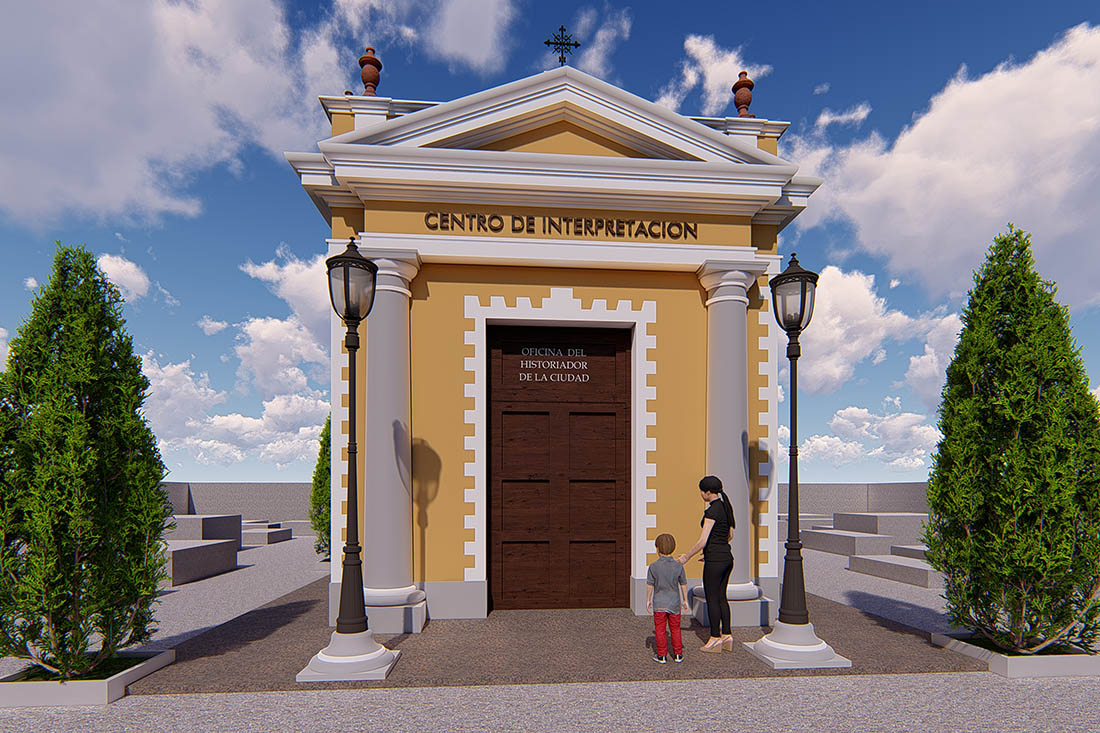On October 10th, 1868, the Revolution began, and ten days later, on October 20th, Bayamo city was taken by the Mambi insurrectionary forces under the command of the young lawyer Carlos Manuel de Céspedes; this day marked the first victory of the Mambí Army in Cuban history and Bayamo became the first free city in Cuba, the birth of La Bayamesa was completed and music was played, singing for the first time the National Anthem. Arisen in the heat of the fight against the power of the Spanish metropolis.
On the same date, but 19 years later, the Autopsy Room or Morgue was inaugurated in the General Cemetery of Camagüey.
Why an Autopsy Room?
The request and construction of an Autopsy Room, responding to the need to release the property used for these functions, surrounded by houses, due to the possible risk of contamination of diseases to the neighborhood and the bad smells emitted by the corpses awaiting burial. Since February 1887 and by agreement of the City Council, the task of creating the conditions for the construction of the Profundis Room or Autopsy Room is given. Founded on October 20th, 1887, thanks to the contribution of Monserrate Canalejo and Hidalgo Gato, widow of El Lugareño. So the property celebrates its 134 years of existence.
Coincidentally, the Day of Cuban Culture is also celebrated on this date. To honor these dates, the work was intensified to make the Interpretation Center a reality, in what was once the Profundis Room, the Necrocomio or Autopsy Room and Morgue. A change of use was proposed to the site: an Interpretation Center.
What is an Interpretation Center?
The Interpretation Center it is more than an institutional space, a modern, monothematic museum with a specific line: death and funerary art; Added to this is the use of new technologies, from a multidimensional platform such as: digital, audiovisual, sound installations, sound showers, computer graphics, interactive exhibits, display cabinets, texts, blueprints, generic multimedia, QR code and others.
The museological and museographic style will provide the visitor with knowledge about the Camagüey Necropolis, from its two exhibition rooms, the 207 years of history will be explained, from its foundation to the present, and the notable impact on the historical-social events of the locality, the country and the world.
The museum seeks to achieve interaction with a general public and the surrounding community, providing the latter with elements that broaden their vision of the place and recognize it as a place of important heritage values; respecting its purposes and cemetery purposes within the city environment of Camagüey
The Cemetery is in itself the continuation of the city that originates it, integrated into the history of the legendary Villa de Santa María del Puerto del Príncipe that currently demands the attention of all in the Safeguarding and Protection of a city declared a National Monument and a World Heritage Site.
Bibliography
“El Cementerio general de Camagüey: la otra ciudad “; by Dr. Adela García Yero.
Article from the Adelante newspaper “Dos proyectos para la otra ciudad”, by Yanetsy León González, May 8th, 2021, Page 5.
Translated by: Aileen Álvarez García








